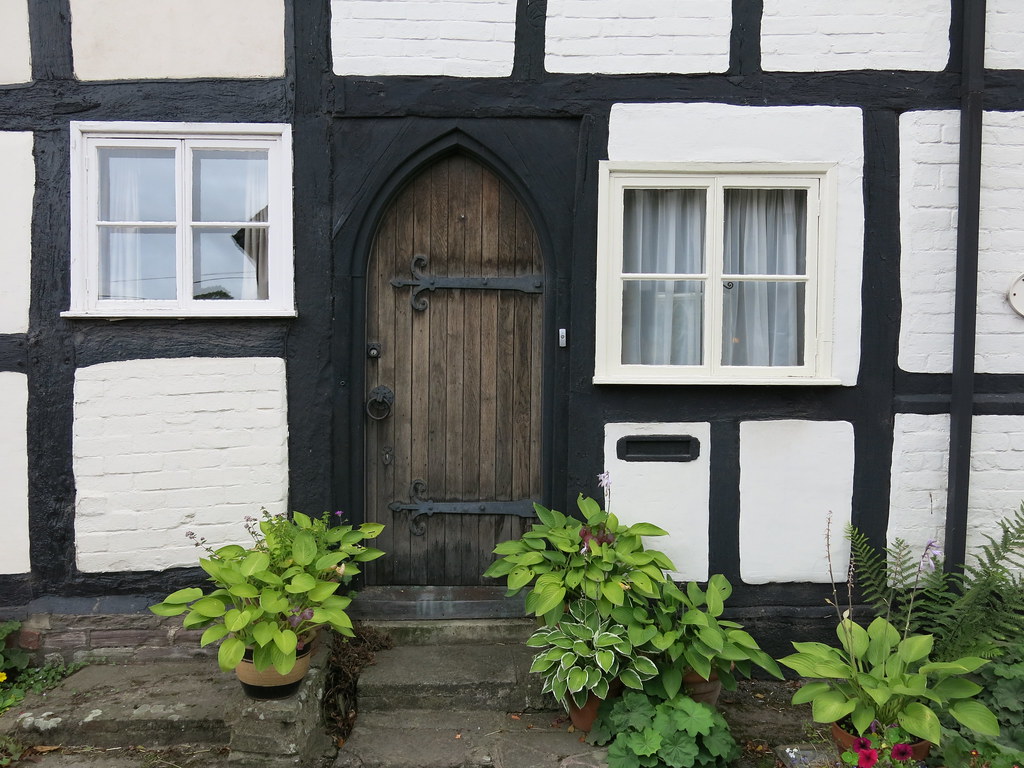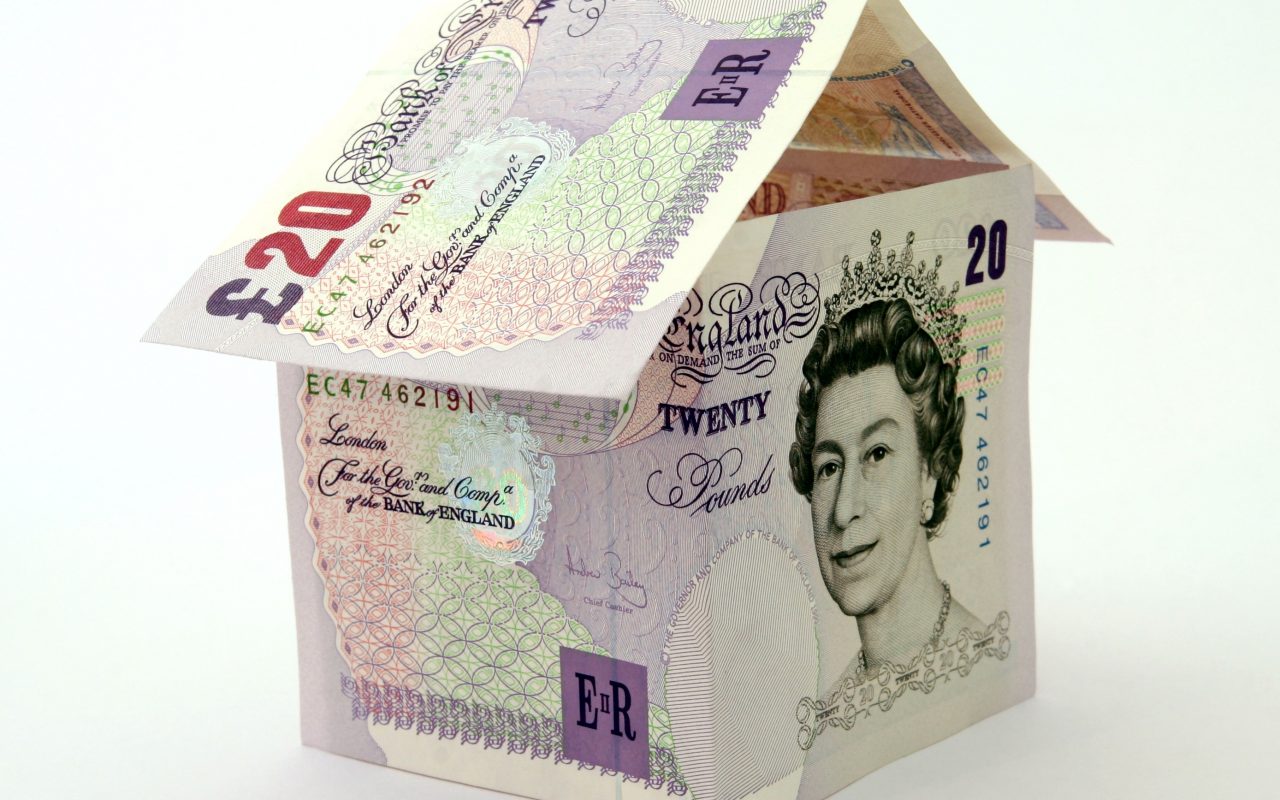The stamp duty holiday deadline ended on 30 June but buyers have until 30 September to take advantage of the lower stamp duty holiday threshold of £250,000. Landlords will be able to save up to £2,500 although they still have to pay the 3% stamp duty surcharge for owning more than one property.
YOU CAN STILL BENEFIT FROM THE STAMP DUTY HOLIDAY
First Time Buyers now pay less or no tax if all purchasers are First Time Buyers and the purchase price of the property is £500,000 or less.
Since 1st July 2021, the current Stamp Duty Land Tax (SDLT) threshold has gone down to £250,000. Although the bigger savings before this date have now been reduced, there is still an opportunity to save up to £2,500 on SDLT before it returns to its regular threshold rate of £125,000 from 1st October 2021.
What has gone unnoticed by most commentators is the change that affects First Time Buyers, which also came into effect from 1st July. Since that date, First Time Buyers now pay less or no tax if all purchasers are First Time Buyers and the purchase price of the property is £500,000 or less.
First Time Buyers are exempt from SDLT for the first £300,000, but since 1st July, they now pay a reduced rate of 5% on purchase prices above £300,000 and up to, and including, £500,000. So, if you’re a First Time Buyer, but were unfortunate to miss out on the 30th June deadline, there are still longer-term savings to be made, as these will continue for First Time Buyers after the SDLT returns to its £125,000 threshold from 1st October 2021 for all other buyers.
Convincing Front Doors
According to the latest surveys, buying a home is majorly influenced by ‘love at first sight’. One in two buyers decide after the first visit and don’t need another one to make a bid on a home.
How to use the front of your home to its best advantage

Photo source: https://bit.ly/2Assr33
- Add a splash of colour
- Get floral
- Light it up
- Improve your curb appeal
- Add accessories to your door
- Maintain your garden
Home Improvements for Selling
Adding value to your property should be a constant concern for anybody wanting to sell in a more proximate or distant future. Here are some easy improvements that you can do by yourself:
- high end windows
- modern railing for the staircase
- farmhouse backslash
- faux expensive molding
- faux drop ceiling
- upscale garage door
- embellished bifold door
- framed bathroom mirror
- fresh up cabinets
- custom accent wall
How to increase your home's value
10 inexpensive ways to increase your home's value.
Posted by Hometalk on Sunday, 1 July 2018
\
We’re always trying to find the best tips for raising the value of a home. And if beauty is in the details, there is more that one thing to consider when talking about the bathroom…

Photo source: Futurist Architecture https://bit.ly/2wZnAXw
Considering you’re a homeowner trying to renovate the home before selling it, would you keep the tub or would you change it with a shower? If you’re thinking of simply answering ‘The next owner will figure out what it wants!’ you might be loosing some money while answering.
Most home-buyers are looking to find the perfect home throughout. It should fit their wishes from the key to the… bathtub or shower! So keep in mind the buyer when redecorating.
Now, to ease a bit the process of making up your mind, here are the principles before choosing between a tub and a walk-in shower:
- usually families use a tub. Children need a tub if only for their rubber duckies if not anything else. 🙂
- young and active homeowners prefer a shower ‘on the go’, before going out.
If you know who you are targeting, it should be really simple. Your 3-bedroom home with only one bathroom is, most probably, going to be bought by a family. Your studio apartment close to the station will be preferred by a first time buyer.
Photo source: Homestratosphere https://bit.ly/2x2JN70
More info about the types of bathrooms preferred by different targets of people in this insightful article on Elle Decor.
And talking about redecorating a bathroom, we gathered some ideas for either or a tub-bathroom, or a walk-in shower:
81 Wonderful Bathtub Ideas with Modern Design
280 Master Bathrooms with Walk-In Showers for 2018
The Difficulties of Remortgaging

Photo source: Flickr https://bit.ly/2HaW8uD
What is remortgaging?
Remortgaging is the act of moving your loan from one lender to another or negotiating a new rate with your existing lender. You might be able to find a cheaper deal elsewhere, letting you save a bit more each month and pay it off faster. Or you could extend the length of your mortgage, allowing you to pay less each month (but taking longer to pay off completely and paying more interest over the length of your mortgage).
So if you’re looking to pay off other debts*, shorten the length of your mortgage or simply reduce how much you’re paying, you may want to consider remortgaging your home.
The process of remortgaging is fairly simple, but figuring out whether it’s the right financial decision isn’t. We do recommend speaking to a financial adviser further before making a final decision.
Why you may consider remortgaging:
- The value of your property has increased (significantly) since you took out your mortgage, putting you in a lower ‘loan-to-value’ band that opens you up to lower rates.
- Your existing lender won’t allow you to pay more towards your mortgage, even when you can afford it.
- Your existing deal is coming to an end and your lender will place you on an SVR (standard variable rate).
- The Bank of England rate is going to increase, as this can affect your mortgage.
Why you may consider staying with your current lender:
- You’ve suffered credit issues or failed to pay debts (since starting your mortgage).
- If an early repayment charge payable on an existing product exceeds the cost of any savings that could be made by remortgaging.
- You’ve only got a small amount left to pay; switching lenders so late on in the process means you may not save that much.
- Your work situation has changed; perhaps you’re now self-employed or no longer working. This could affect a lender’s decision either way.
What to do when deciding to remortgage
Do your research
Comparison sites are handy for finding current deals, but they don’t always explain in certain terms what’s right for you and your particular circumstances. If you are unsure, we suggest consulting with a mortgage adviser who can make the process as easy as possible and find the right rate for you.
THINK CAREFULLY BEFORE SECURING OTHER DEBTS AGAINST YOUR HOME. YOUR HOME MAY BE REPOSSESSED IF YOU DO NOT KEEP UP REPAYMENTS ON YOUR MORTGAGE.
5 Steps to Buying Your First Home
 Buying a property for the first time can be a daunting process, but so long as you have the right knowledge and know the rules you have to follow, it’s a straightforward process. Below, we’ve consolidated the main things you need to prepare and consider, to make sure your home-buying journey goes as smoothly as possible.
Buying a property for the first time can be a daunting process, but so long as you have the right knowledge and know the rules you have to follow, it’s a straightforward process. Below, we’ve consolidated the main things you need to prepare and consider, to make sure your home-buying journey goes as smoothly as possible.
1. Things to consider before the hunt begins
It’s definitely wise to find out how much mortgage lenders are willing to give to you before you start home hunting, so you know what price range you can be aiming for. Visit a few and they will give you a rough estimate, based on deposit size, income and other variables.
Explore a variety of different areas – not just with online research, such as crime rate, transport links and amenities, but by physically having a walk around local areas and getting a feel for them before you decide which works for you.
It’s also worth spending some time improving your credit report before you get to the home-hunting stage, as this will influence how much lenders are willing to give to you. Being on the electoral roll, having a credit card with safe spend amounts on it and steady, regular bill payments over the years will all improve your rating. The rating will also tell you what’s counting against you, so you can improve this before you get to buy your property.
2. Get your finances in order
Have you got all your finances in order? Costs you’ll need to consider are:
- Deposit – this is usually 5% – 20% of the property price and the more you pay upfront, the better mortgage deal you can get.
- Stamp duty – if you’re a first-time buyer, you will only pay stamp duty after the first £300,000 of your property on a property up to the value of £500,000.
- Legal fees – ask friends or family for a trusted solicitor.
- Service charges – if you’re moving into a leasehold development, make sure you can afford the annual service charges for maintenance of shared areas.
- Survey cost – once you’ve picked a home and made an offer, you’ll pay for a survey to check there are no underlying issues you missed.
- Removal costs – look into the level of removal help you need. If you have a lot of furniture and you need manpower, this can be quite expensive and something you haven’t accounted for in your budgeting.
- Extras – it’s worth putting aside some funds for the cost of redecoration or furnishings you need immediately after moving into your new home.
3. Property particulars
Explore this blog of questions it’s important to ask when you’re viewing the property, but the most important one when you’re buying, is to ask how much lease is left on the property if it’s a leasehold. If it’s less than 75 years, you may struggle to get a mortgage. Other important questions to ask would be around the age of appliances, what work has been done on the property in recent years and what spaces are shared in a leasehold property and what the service charges are for these.
4. Mortgage time
You’ll need to get your paperwork in order next, so first stop is an approval in principle from your mortgage provider which lasts for 30 days. In this time, you must decide on a mortgage provider and can make an offer on a property.
When submitting paperwork for a mortgage, you’ll have to provide evidence of your income, and information about your outgoings, such as any debt, household bills and other costs, so that the mortgage provider can assess your situation and make sure you’re reliable before they agree to lend to you.
5. Offer, Exchange, Completion
Within a couple of days of submitting your claim for a mortgage, you will receive an offer which outlines the rules of your mortgage. You will then exchange paperwork with the home seller through your solicitor. Then, on the completion date you will officially take ownership of the property after you have made the payment to the seller.
How Long Does It Take to Choose a Home?

Photo source: Flickr https://bit.ly/2G31APp
Busy roads, a bar in the lounge are among the things that turn buyers away.
It takes just 8 minutes for home-hunters to decide whether a new property is for them, according to a study.
After less than 10 minutes inside of a property, buyers know whether they should be giving an offer or getting back into the car.
6 out of 10 adults will make their decision not to buy before even putting their foot through the front door around just 4 minutes of standing outside the property. 15% of homeowners admitted they had already decided to buy without seeing inside of the house, while 18% have brought the first home they saw.
When viewing a property online, the average person takes around 8 minutes to choose whether they would like to view the property in person.
More than three quarters confessed to irritation at a property profile, and that it did not match up to the true state of the home advertised (Listings are crucial to a home selling quickly, they need to be accurate).
Obvious damp patches would put off 6 out of 10 Brits, while a house on a busy road or cracks in walls would send 40%.
There also personal turn offs such as: Ashtrays in rooms, overflowing bins and yellowed paintwork.
When viewing properties online 1 in 10 complained they can’t tell the colour of rooms from static pictures, and 52% find it difficult to tell how overlooked the property is. While 36% would want a clear view of the room layout.
Buying a new property is one of the biggest investments, we’d encourage clients to look past the dirty dishes and overgrown garden plants and focus more on the shape and size of the property.
Buying vs. Renting
 VS
VS 
Every buyer must have had this dilemma in their minds at one point: is it cheaper to rent or to buy?
Those in Scotland can almost be convinced that it is better to buy than to rent. It’s the statistics there for the last 9 years, time in which the cost for buying a property actually decreased.
Introduction to Conveyancing
Quite simply, conveyancing is the process that happens between you putting in an offer on a property and completing, in order for you to become the new legal owner of the property. It is the transferring of a property’s legal title from the old owner to the new owner.
Who does my conveyancing?
You can hire a solicitor, property lawyer or a licensed conveyancer to do your conveyancing for you.
All solicitors are qualified to undertake work of this kind, but not all are experienced in it.
It could therefore prove sensible to hire a solicitor who specialises in residential property transactions, or a dedicated licensed conveyancer who only works on cases of this kind.
You may, however, find that you have to choose from a list of conveyancers approved by your mortgage lender, or pay a fee to go elsewhere.
Making sure legal processes are followed properly during a property sale is vital otherwise the whole thing could fall through. So you need to find a solicitor you are confident will do a good job. You can search for conveyancers on the Council for Licensed Conveyancers website.
Conveyancers will either charge you a flat fee or a percentage of the value of the property. Costs will vary, but you can expect to pay between £500 – £1,500 depending on how complex the transaction is. Get a few different quotes before choosing who to use.
Try not to use a solicitor who is too busy to give your case the attention it needs. If possible tell them your preferred exchange and completion dates and ask if they can meet these.
Also avoid choosing a solicitor who is very junior or lacking in conveyancing experience. All solicitors are qualified to do conveyancing but if possible use a firm that specialises in this area.
It can also help to use a local solicitor, they will have a good knowledge of any laws or issues particular to the area. Although most of the process can be handled via phone or email, being able to drop into an office to handover paperwork or check on things can speed things up.
If you are dealing with an estate agent they will often recommend a conveyancer to you, but you don’t have to use them. You should shop around yourself to see if you can get a better deal on price or service.
What happens on completion day?
After finding a house, securing a mortgage, ensuring the legal aspects are covered and exchanging the contracts, the big day arrives, so what can you expect?
Completion day is the main event, where the purchase funds are transferred between solicitors, the keys are handed over and ownership of the property is transferred, leaving you free to move in.
Your conveyancing solicitor will aim to have this arranged by midday, checking you are happy to proceed with the transaction and ensuring the funds are available for release, allowing formal completion of the sale. They will then inform you that the sale has gone through and you can pick up the keys to your new home either from the vendor or the estate agent, formally finalising the deal.
What happens after completion?
Once you are in your new home, the conveyancing process continues as your solicitor ties up the remaining loose ends, drawing the transaction to a close.
This will involve any remaining administrative issues, such as:
Checking all deeds and documents are correctly signed and legally binding
Paying the necessary Stamp Duty Land Tax (SDLT)
Applying to the Land Registry to record the transfer of ownership and mortgage (where necessary), and pay the required fees
Liaising with the Land Registry to resolve any issues raised by requisition
Checking that registration of ownership and mortgage documents are in order and names etc. are spelt correctly
Sending a copy of the title deeds to you, along with any remaining documents that are not required by the mortgage lender.
